In this blog post, I’ll talk about orange light LED therapy. As it turns out, orange light has some unique properties that are different from blue light, green light, and red light. This blog post is part of a series on chromotherapy, that explores all visible colours of light:
- What is Chromotherapy?
- What Does Red Light Therapy Do?
- Blue Light LED Therapy: The Complete Overview
- Green Light LED Therapy: The Ultimate Guide
- Yellow Light LED Therapy: Essential Insights
- Purple Light LED Therapy: The Full Scoop
- Cyan Light LED Therapy: In-Depth Knowledge
- LED Light Therapy Basics: A Complete Understanding
- Red LED Light: Everything You Need To Know
- Color Psychology: How Colours Affect How You Feel
This blog post is obviously concerns orange light. So, let’s first explore what orange light LED therapy is:
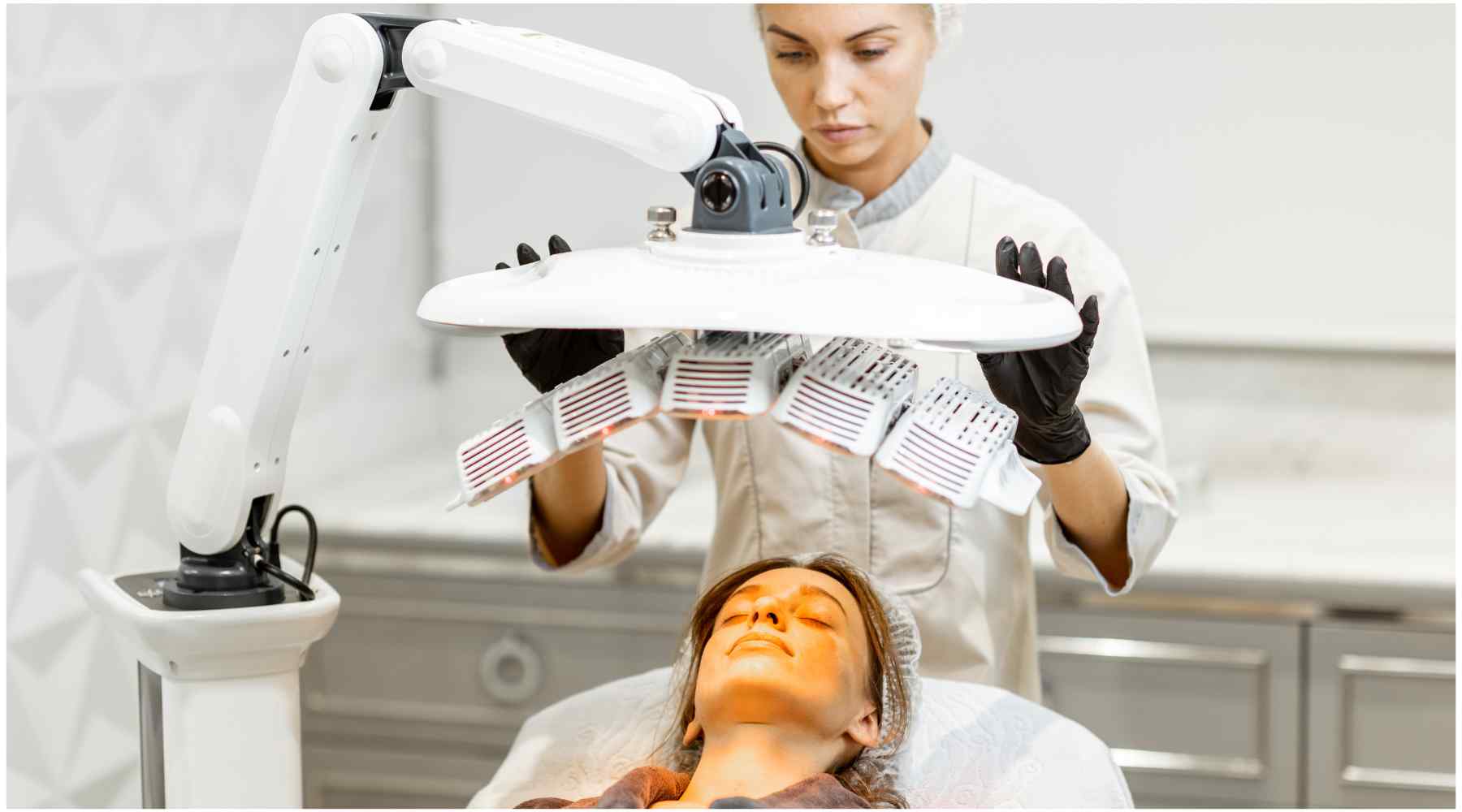
Orange LED Light Therapy: Different Than Blue Light, Green Light, And Red Light
To understand orange LED light therapy, you must consider the “light spectrum” in physics. You see, every different type of light has its own wavelength (1; 2; 3; 4). There’s ultraviolet light with its own wavelength, visible light, and infrared light.
Infrared light equals heating and is used in our saunas. Ultraviolet light creates vitamin D in your skin and can give you a sunburn if you’re overexposed. And visible light is the only type of light you can see with your naked eyes and is made up of all colours of the rainbow.
These colours include violet, blue, cyan, green, yellow, orange, red and everything in between. Red light, for instance, has a wavelength from 620 nanometres (nm) to 750nm. Orange light - the topic of this blog post - has a wavelength from 600 to 620nm.
Each wavelength also has unique biological effects on the human body. Green light, for instance, can help with fat loss, has skin health benefits, and help you lose fat. Red light has dozens of different benefits. And today, I’ll talk about the orange light LED therapy effects you can expect:
Orange Light LED Therapy Effects
So let’s now look at orange light LED therapy effects. As the name already implies, LED therapy uses “Light Emitting Diodes”. These LEDs have become very economical since the 1990s and have subsequently been used in light therapy because they can be engineered to emit one particular type of light instead of old-fashioned light bulbs.
Here are the orange light LED therapy effects. Please keep in mind that this is only a small quantity of the health effects of orange light because so many studies have been published:
1. May Improve Cognitive Function
In elderly with cognitive impairment, orange LED light has been shown to improve blood flow and, thereby, cognitive function (5). Domains of cognitive function, such as memory, executive function (e.g. planning and impulse control), and overall cognitive function, improved when orange light was applied to the brain. 610nm light was used.
In animals, 610nm orange light may also improve recovery after a stroke (6; 7; 8). Of course, these effects need to be confirmed in humans.
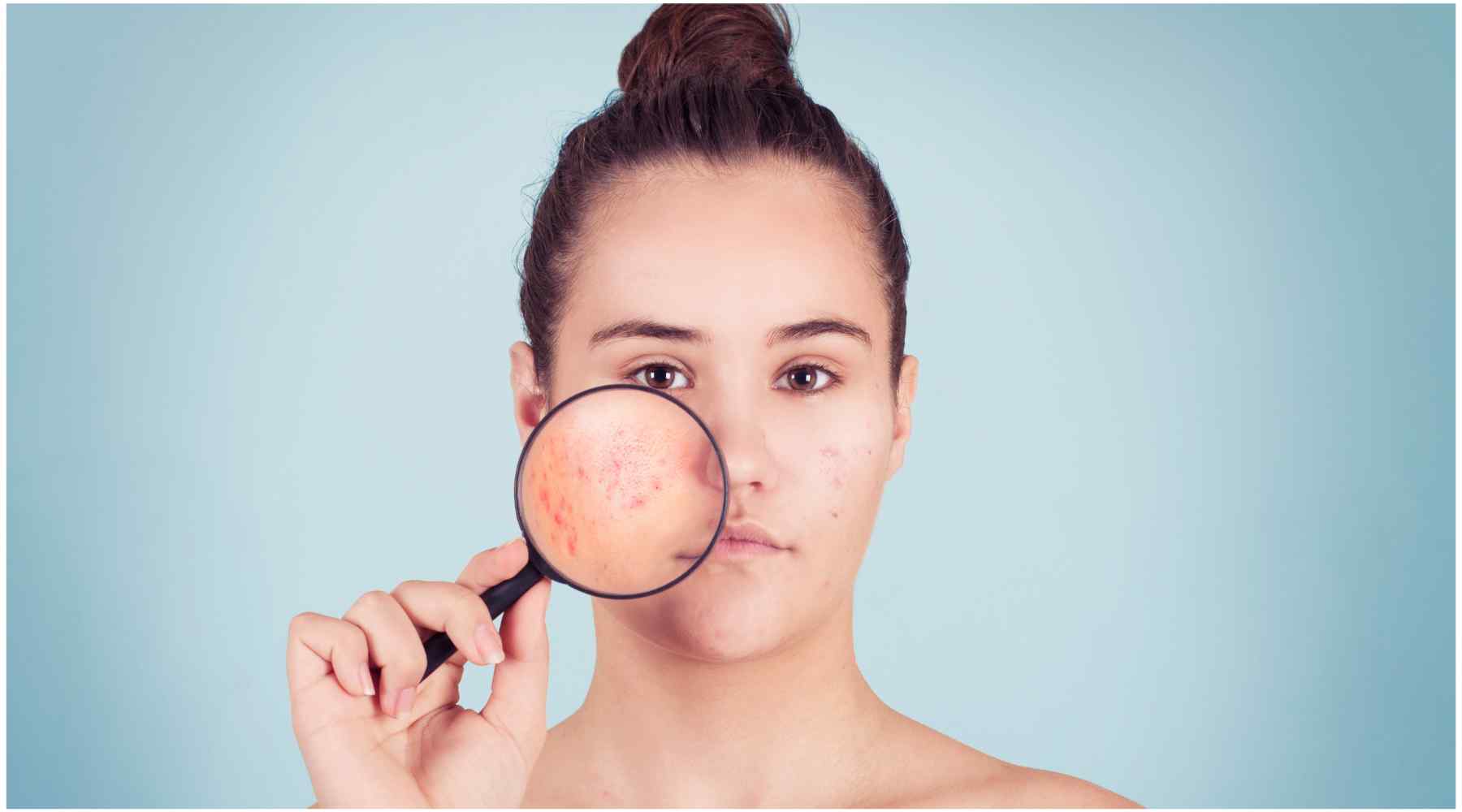
2. Improves Skin Health By Countering Acne
In human studies, orange light emissions, together with blue light, caused improvements in acne (9; 10; 11). In many of these studies, there are very significant improvements, leading to huge upgrades in the quality of life of the participants with acne.
3. May Boost The Immune System
When cells were irradiated with 610nm light in the lab, the activity of some “lymphocytes” improved (12). Lymphocytes are related to the lymphatic system and are one of the primary cells of the immune system.
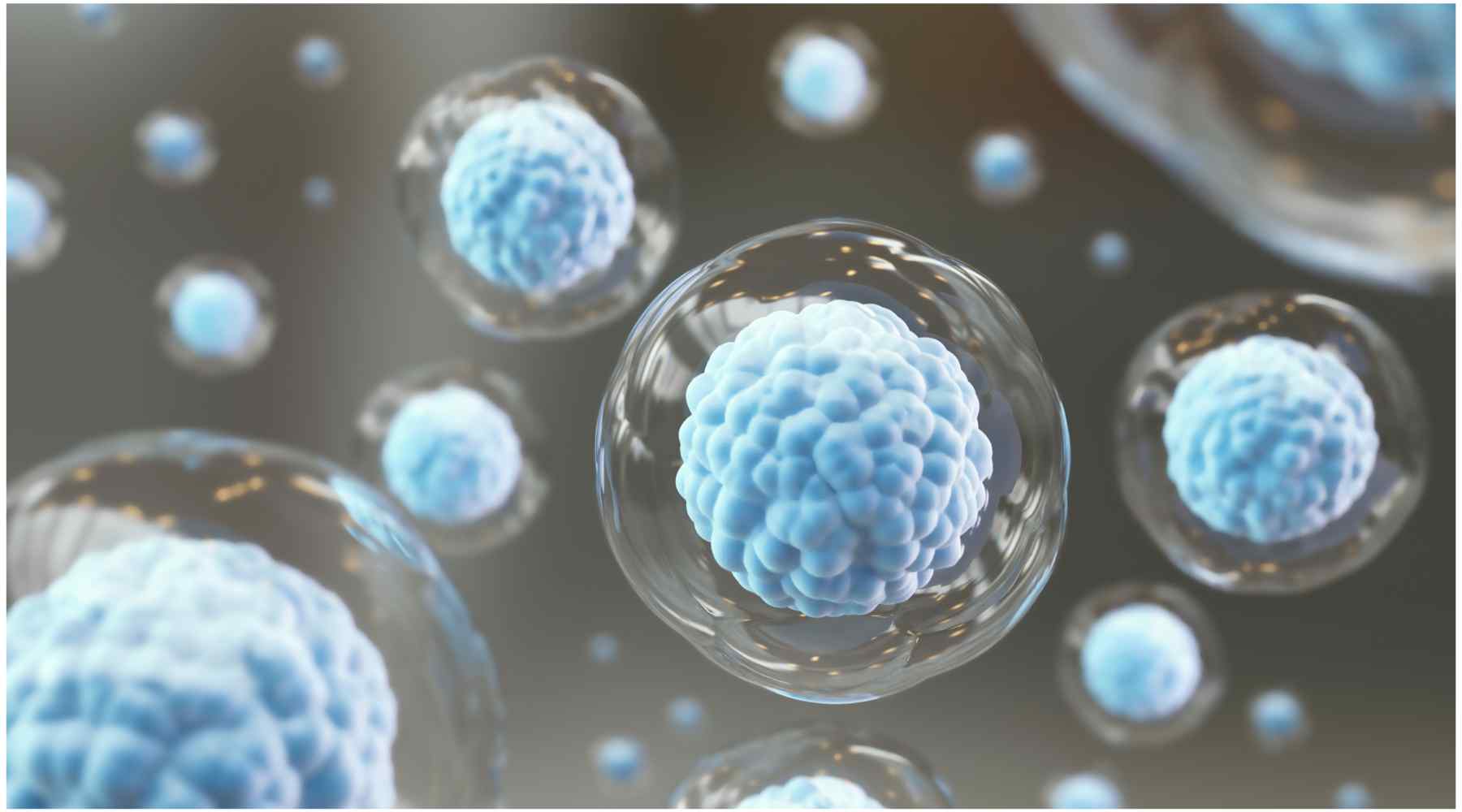
4. Probably Counters Pain
In animal studies, orange light at 610nm counters joint pain (13). Inflammation in relation to Rheumatoid arthritis also went down. Confirmation of these effects in human studies is needed, though.
In studies with females who have dysmenorrhea, applying 610nm light lowers pain as well (14; 15). and in one more study, orange light at 620nm counters pain after dental implant surgery (17). These results are promising and show a pattern of anti-pain effects of orange light.
5. May Improve Motivation
In an an animal study, orange light exposure in the eyes at 620nm improves “dopamine” levels (16). Dopamine is a brain signalling compound that improves motivation, the ability for abstract thought such as planning, and well-being. Blue light and ultraviolet light had similar effects in this study.
6. May Promote Bone Formation
In laboratory studies (in vitro), 620nm orange light can promote bone formation (18; 19). Remember that these results still need to be confirmed in animal and human studies.
So far, so good.
Overall Effects Of Orange Light Assessed
Overall, the effects of orange light therapy are very promising. Currently, about 70 different studies are published on the 610nm and 620nm wavelengths that make up orange light. I’ve picked the most exciting studies from those 70 studies.
In many cases though, except for countering pain, there’s a lot more research needed on these effects.
Next up, let’s consider a crucial topic where orange light may be beneficial too:

Should I Sleep With Orange LED Lights?
So here’s the deal: green light and blue light are traditionally bad for sleep quality if you’re exposed to them at nighttime (20; 21; 22). The concern here are all blue wavelengths from 400 - 500 nanometres (including technically purple between 400 and 430nm), and green light from 500 to 550nm.
When that blue or green light enters your eyes at nighttime, they suppress melatonin levels. Lower melatonin levels, in turn, make it harder to fall asleep, ensures that you wake up more frequently, and result in less deep sleep. So ideally, you’ll want to keep your melatonin levels high.
And, sleeping with orange LED lights is an ideal way to accomplish that because that light doesn’t inhibit melatonin production. Also, avoid the blue and green colours if you’re in an infrared sauna and using chromotherapy at night.
Our chromotherapy emits red light at 660nm, blue light at 405nm, and green at 540nm. You can combine these colours into yellow, purple, and orange by activating two out of the three. Lastly, let’s conclude:


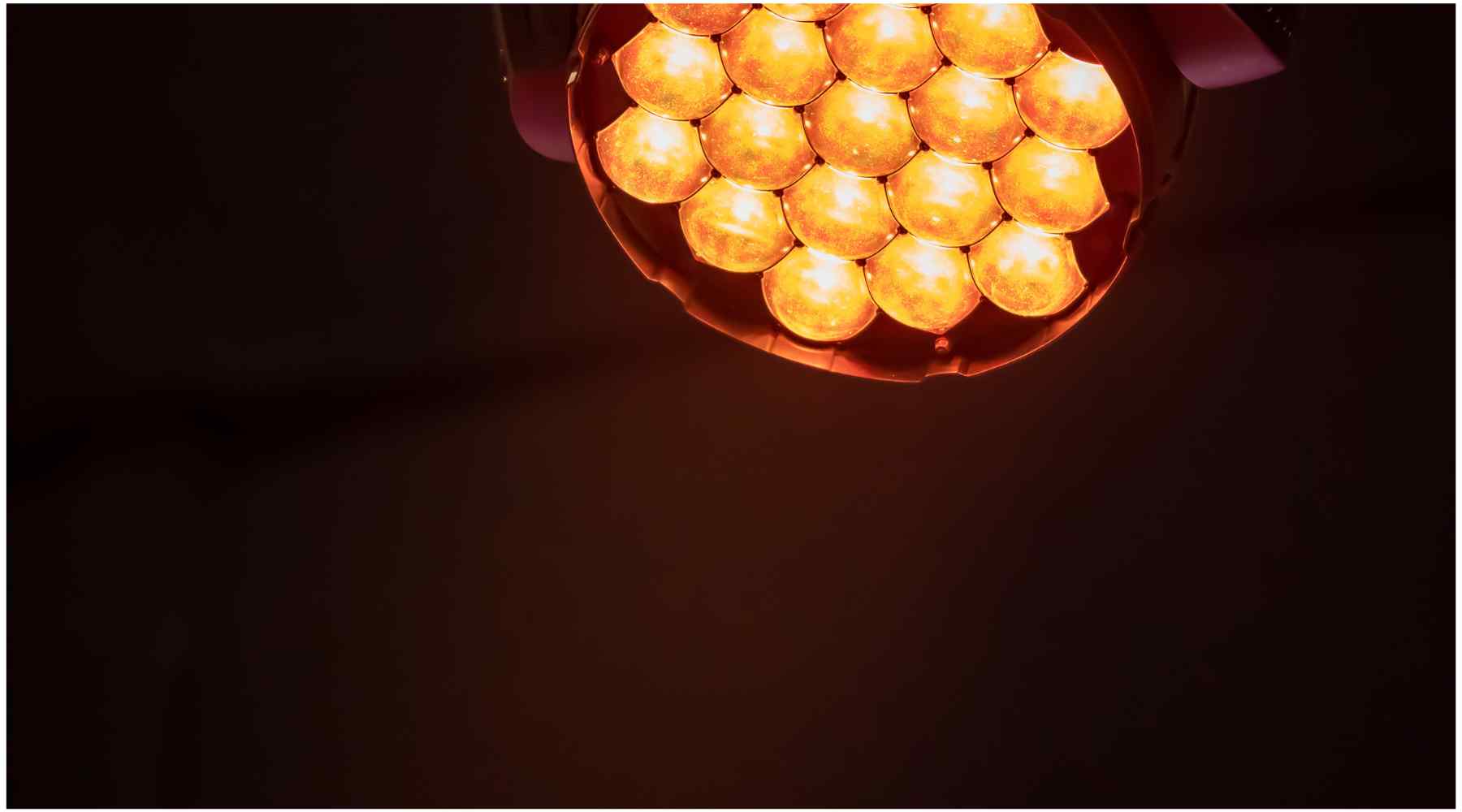

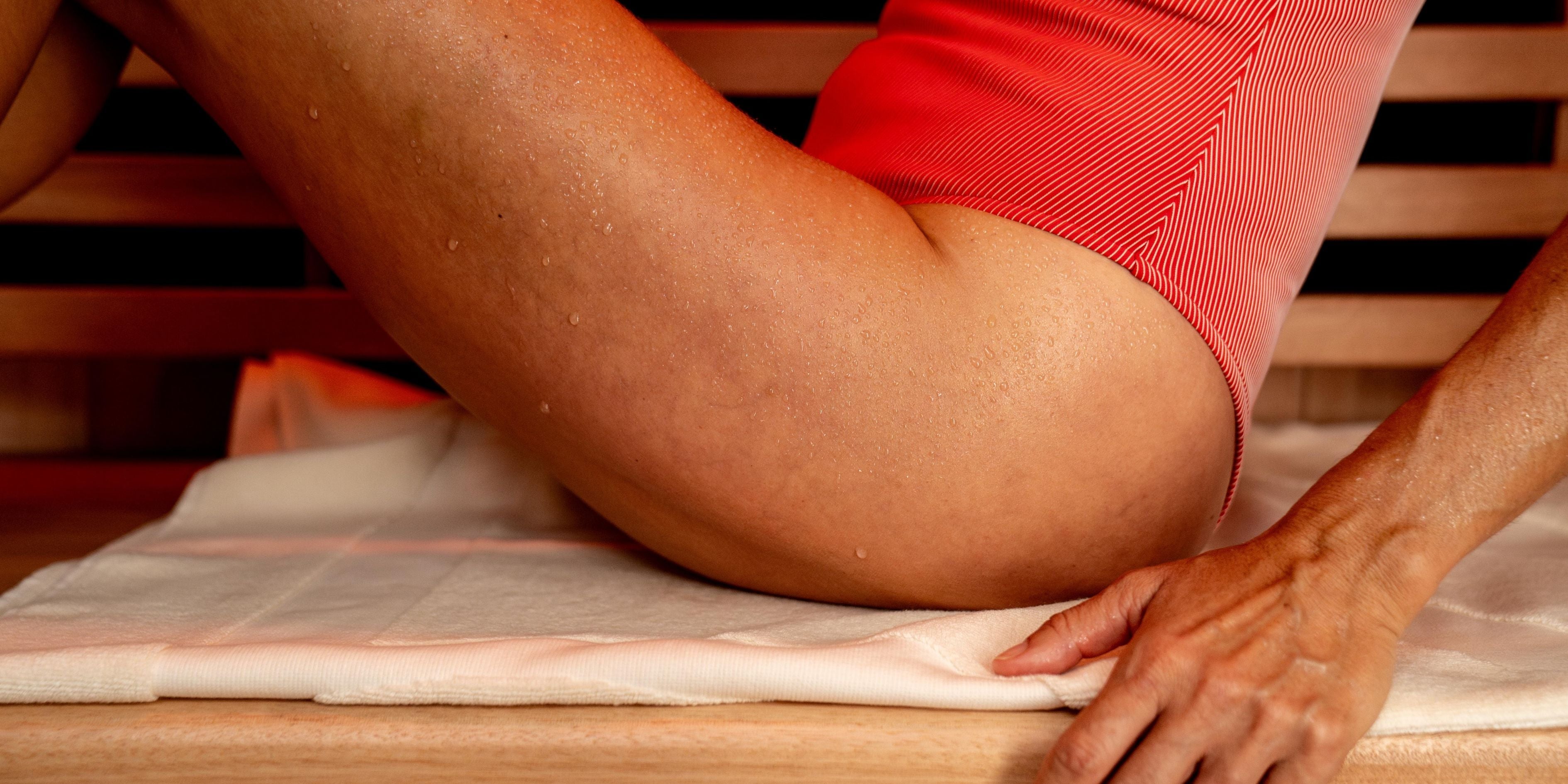
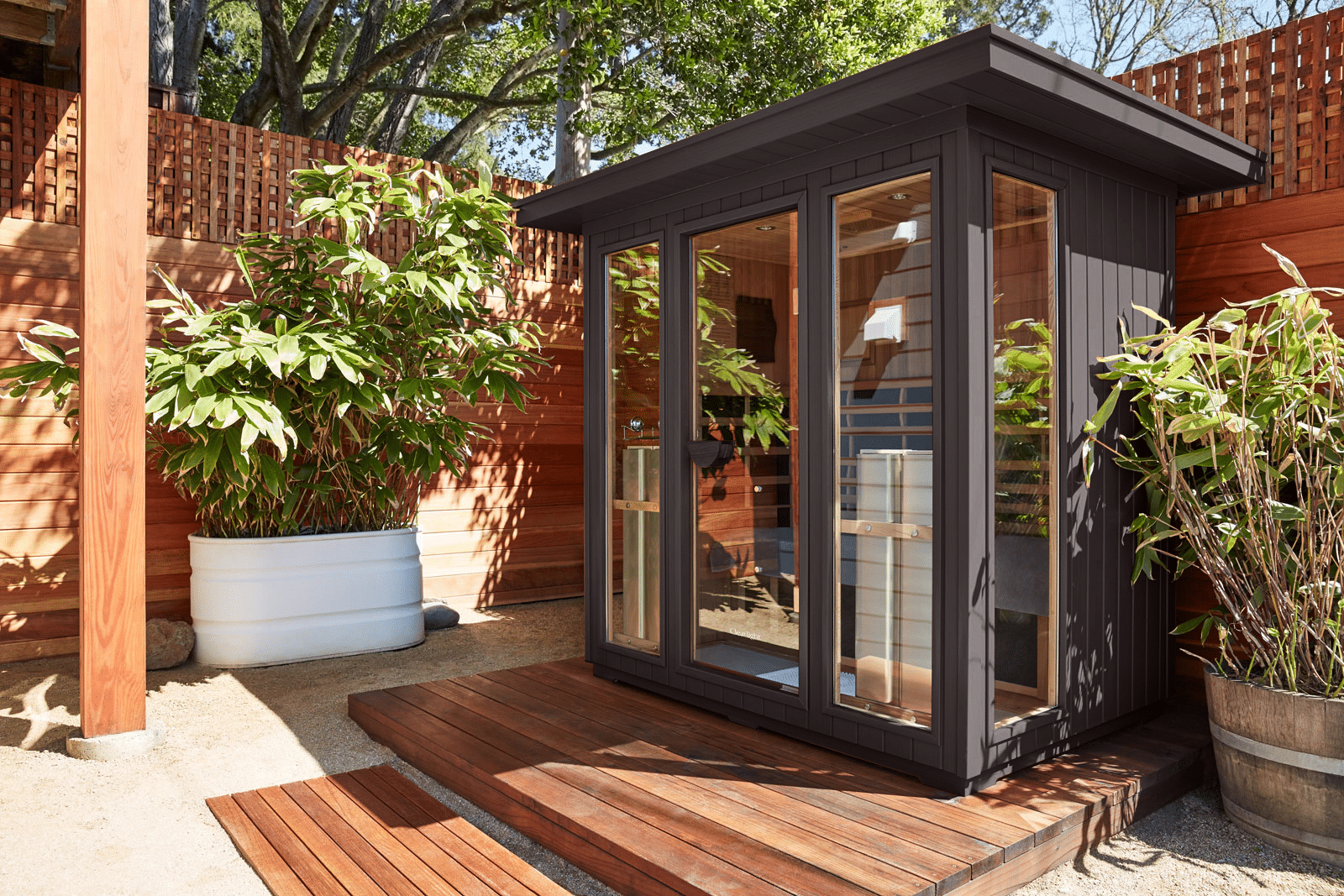



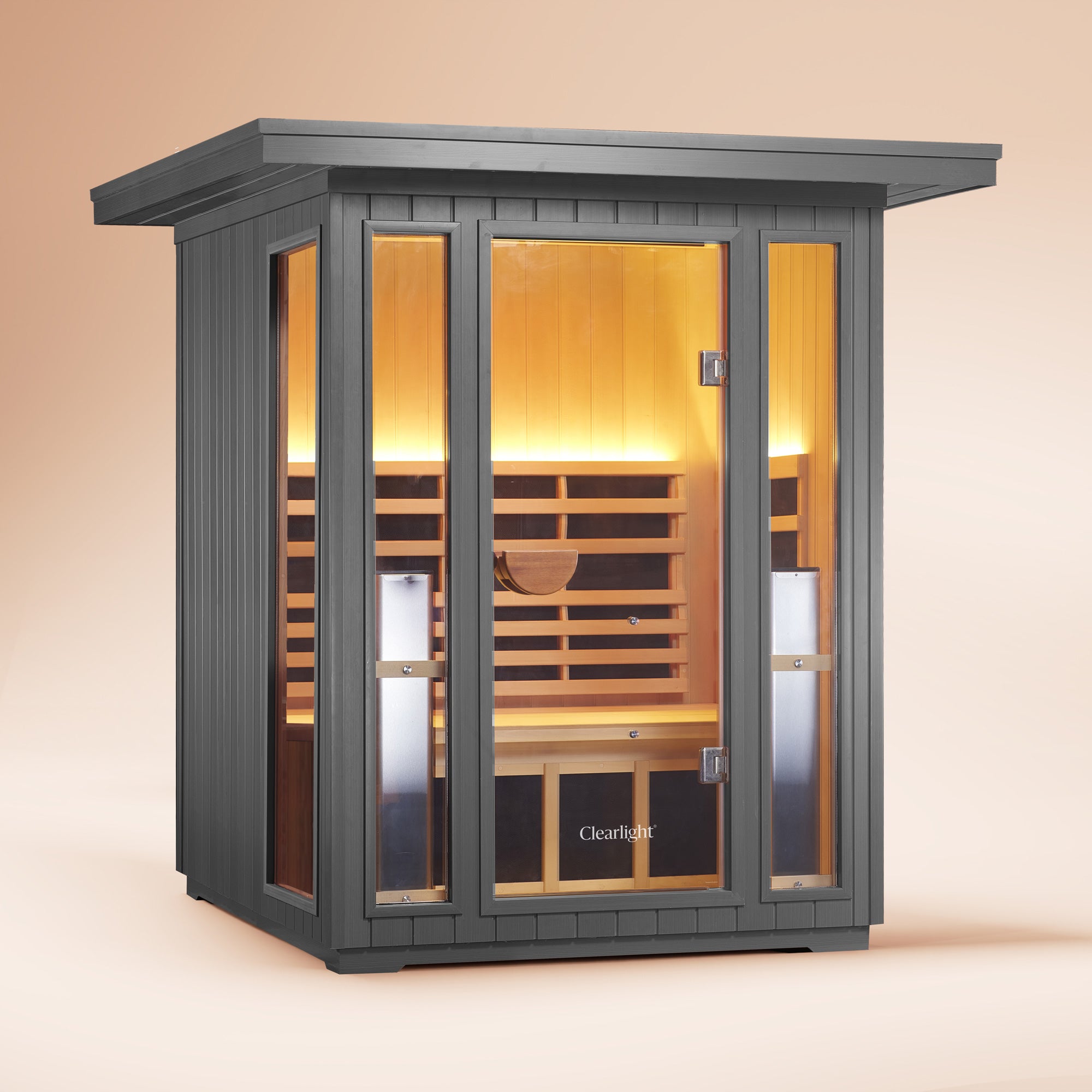


Outdoor Infrared Saunas
Can You Wear An Oura Ring In A Sauna?